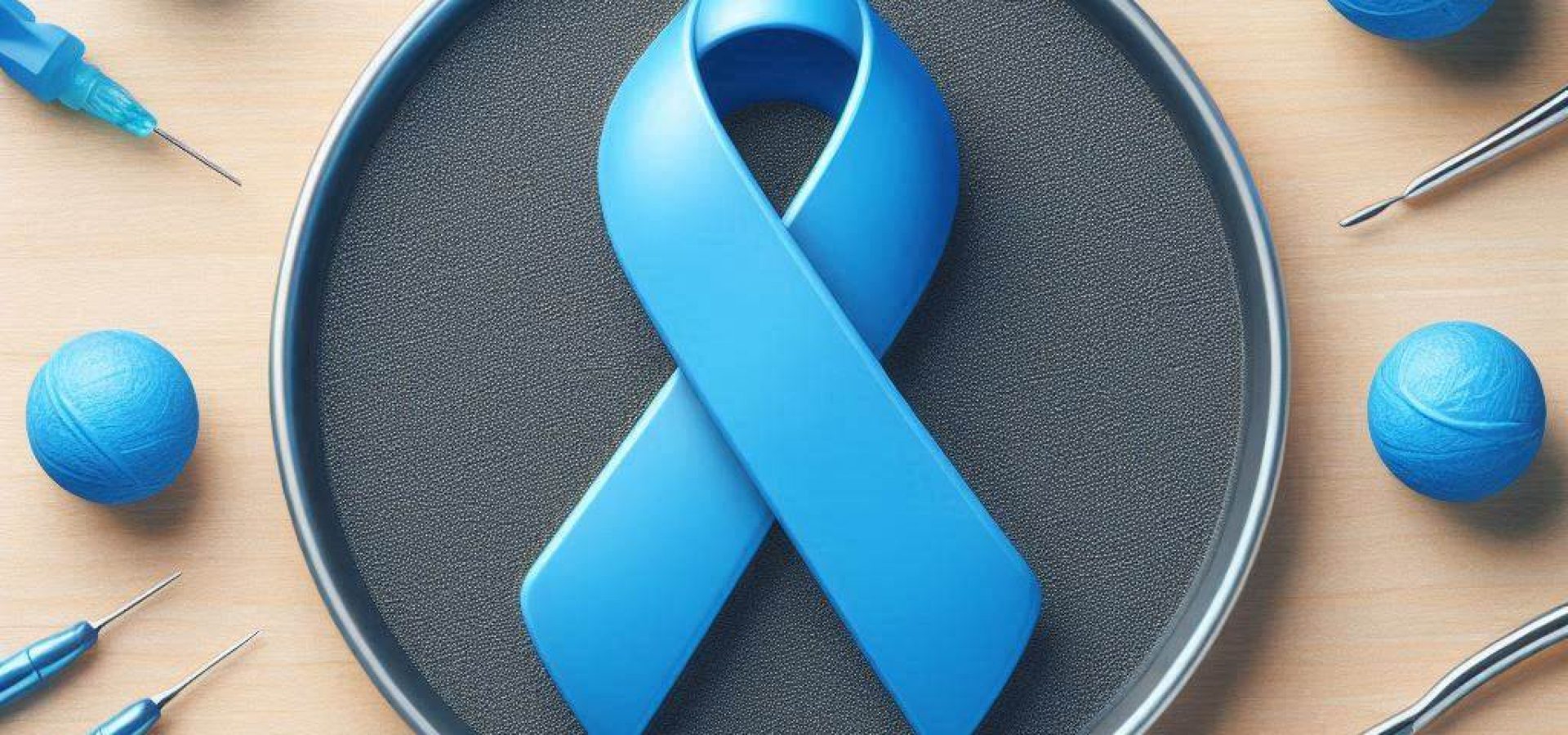
First, you need to celebrate.After your treatment, and you are deemed “in remission” there is a host of follow up tests and protocols that you may follow depending on your doctor’s recommendations. Many of the tests are similar or the same tests that were done to determine your diagnosis of testicular cancer. Below are some of the standard tests, but your doctor will determine the best protocol for you.
The results of these tests will continue to be done for some time after treatment has ended. The results of these tests can show if your condition has changed or if the cancer has come back. These tests are known as “follow up” or check ups.Men who have had Testicular Cancer have an increased risk for developing cancer in the other testicle (don’t worry the chances are only slightly higher), so patients are advised to regularly check the other testicle and report any unusual symptoms to a doctor right away.
The content provided on this blog is for informational purposes only and is not intended to be a substitute for professional medical advice, diagnosis, or treatment. Always seek the advice of your physician or other qualified health provider with any questions you may have regarding a medical condition. Never disregard professional medical advice or delay in seeking it because of something you have read on this blog.
The authors of this blog do not recommend or endorse any specific tests, physicians, products, procedures, opinions, or other information that may be mentioned on the blog. Reliance on any information provided by this blog is solely at your own risk.
SHARE